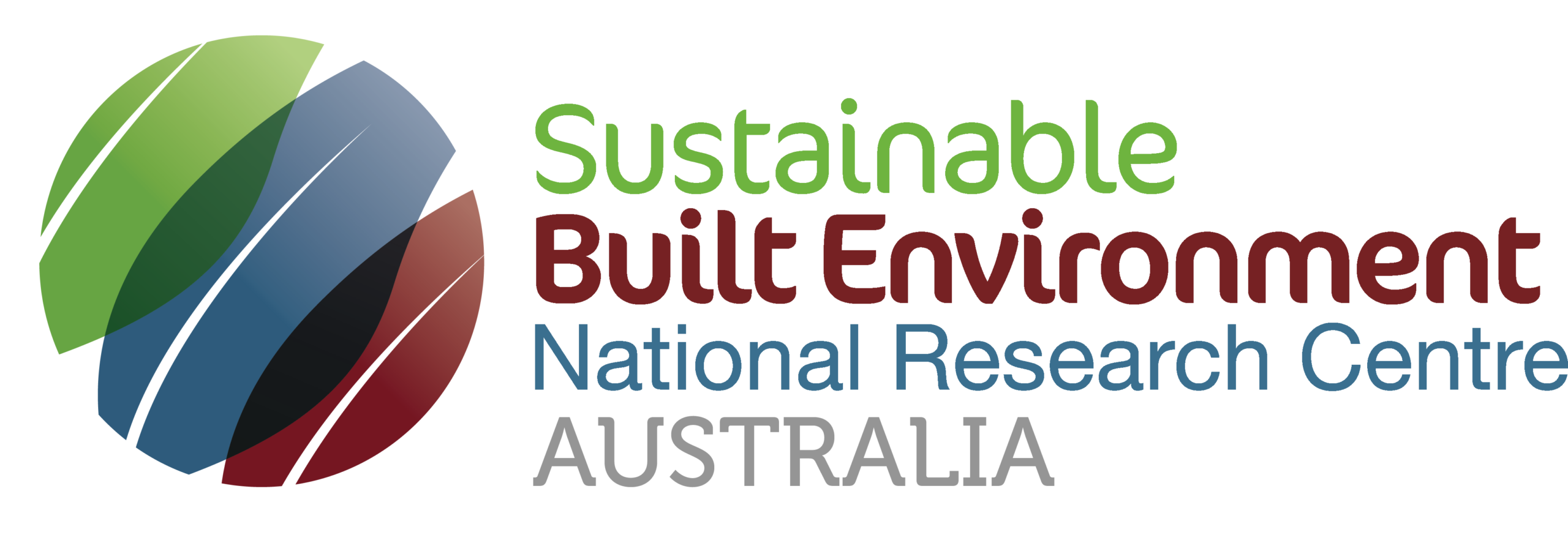
2.82 Digitally-Enabled Asset Life-Cycle Management

Project Number
2.82Round
Round 8Date
October 2021 - June 2023Research Team

Chair, Project Steering Group
Steve Golding AM, RFD
BE MEngSc BEcon
Non-Executive Director

Project Leader
Professor Peng Wu
BSc MSc PhD
Curtin University
Peng.Wu@curtin.edu.au
Documents for Downloading
Presentations
P2.82 Final Industry Presentation Digitally-enabled Asset Life-cycle Management (May 2023)
Digitally enabled Asset Life cycle Management Presentation (October 2022)
Mapping Main Roads Line Marking Inventory using Machine Learning (October 2021 – March 2022)
Video
Full video – Digitally-enabled Asset Life-cycle Management (27 July 2023)
CIB World Building Congress 2022
CIB World Building Congress 2022 was held in Melbourne, Australia 27 – 30 June 2022.
Digital engineering in the built environment has been the subject of changing practice and research for years and life-cycle consideration of the usefulness of the digital models has attracted much attention. This project seeks to examine the industry best practices and international standards related to the value of DE and BIM and develop a practical approach that can efficiently guide industry people to keep their DE models alive after construction and handover. This will aid the wider adoption of digital engineering and modelling for maintaining and operating assets across the construction supply chain, improving the efficiency of managing community assets, improving the return on investment and ensuring sustainability, resilience and safety.
Objectives
There are three specific objectives based on the aforementioned specific industry needs:
- To demonstrate the value of BIM, especially for small-scale built projects. While there are many recent reports on BIM value, these reports should be critically analysed and the BIM value for some specific types of projects, including small scale projects, underground assets, and heritage assets should be highlighted.
- A DE-enabled asset life-cycle management process and prototype to ensure that DE/BIM models can stay alive after construction and handover. The prototype should have the capacity to reflect real asset conditions to enable effective and quick operation and maintenance decisions.
- To demonstrate the use of latest technologies, e.g. image processing, for collecting real-time asset condition and investigate the approach to translate the raw data collected from these latest technologies into useful asset data that can be integrated and reflected in the development.
Industry Outcomes
The costs of operating and maintaining an asset in any sector can ultimately be many times the initial capital cost. This project will enable:
1. Better provision and use of life cycle asset information in a digital engineering platform.
2. This in turn will support identifying ways of decreasing the cost of operation and maintenance, and of improving the return on investment of asset management, whilst concurrently improving sustainability, resilience and safety.











